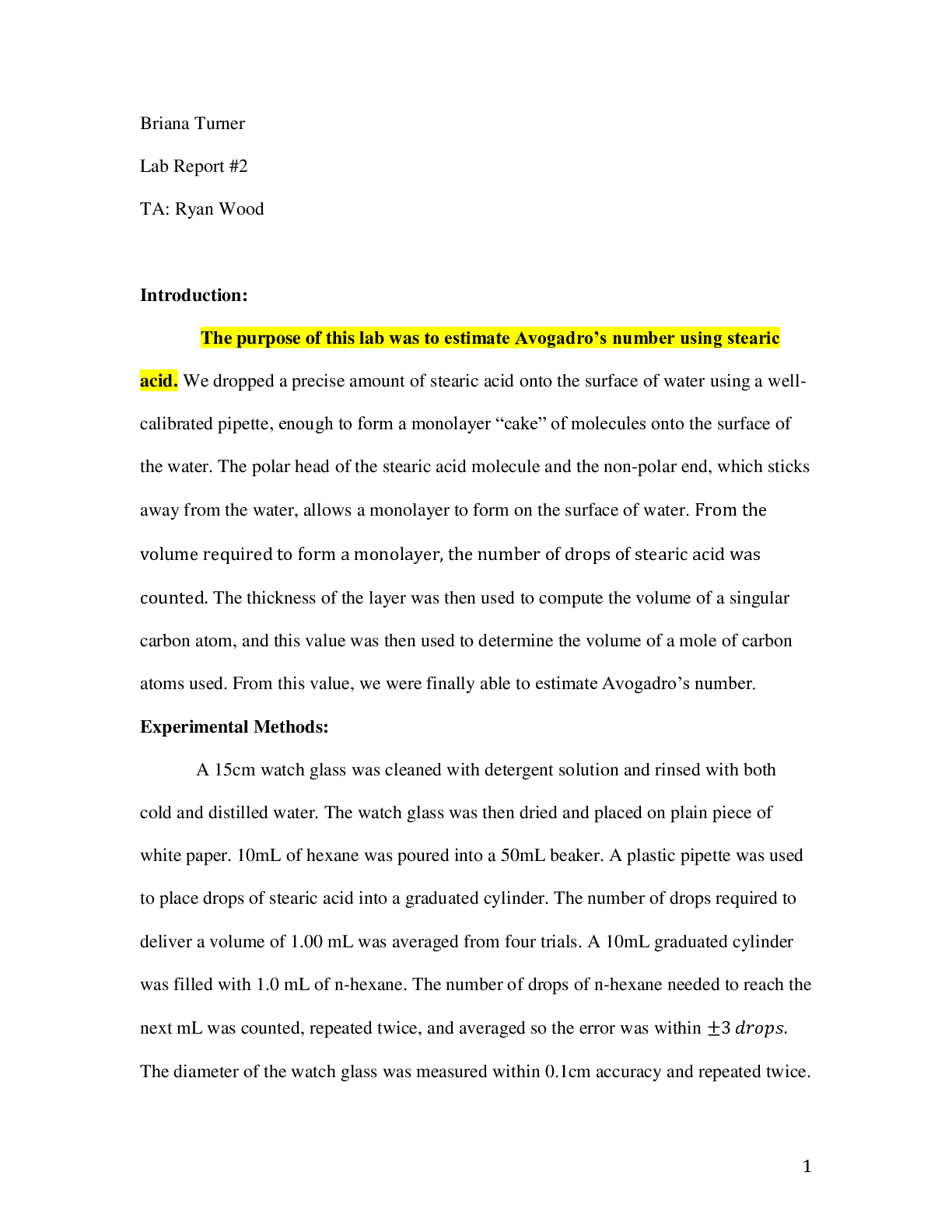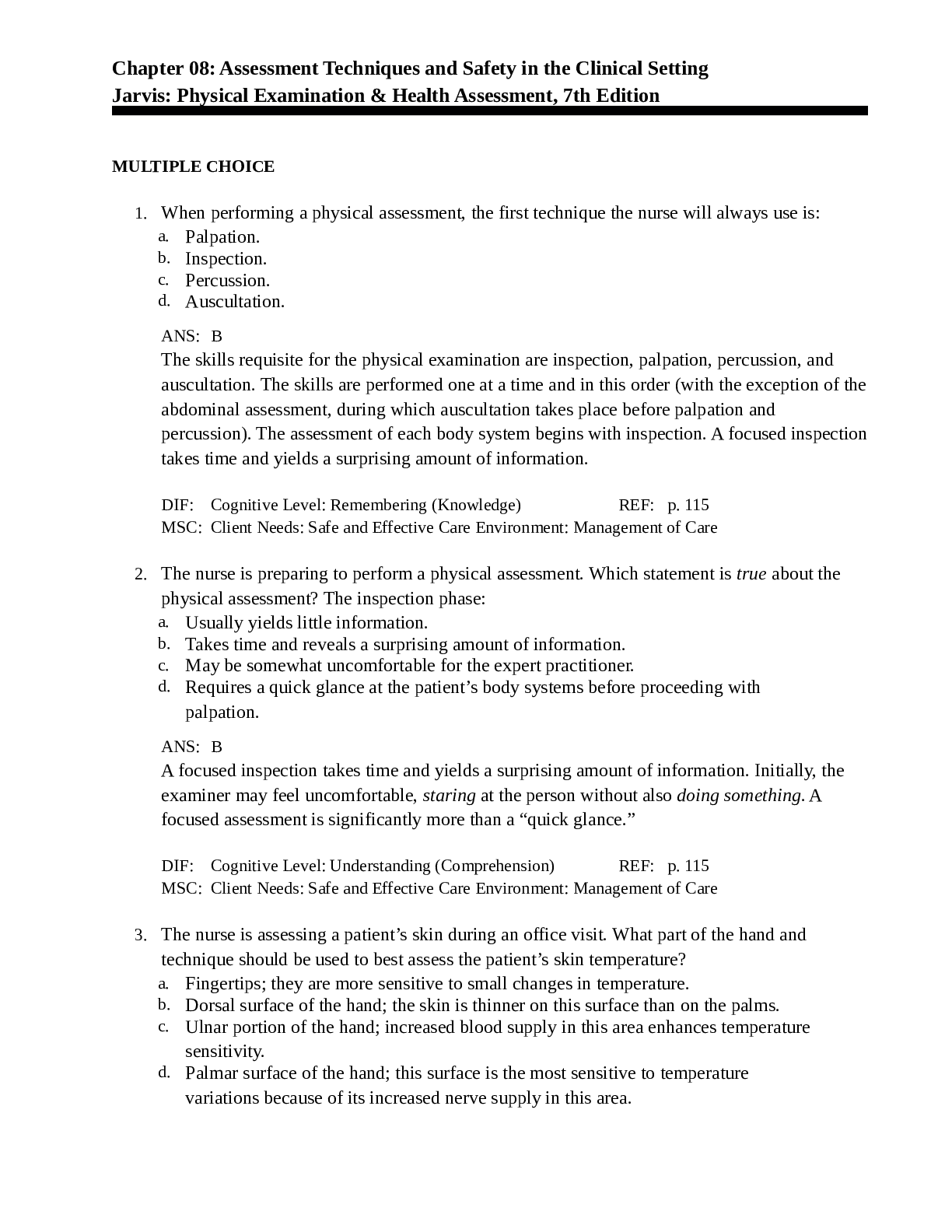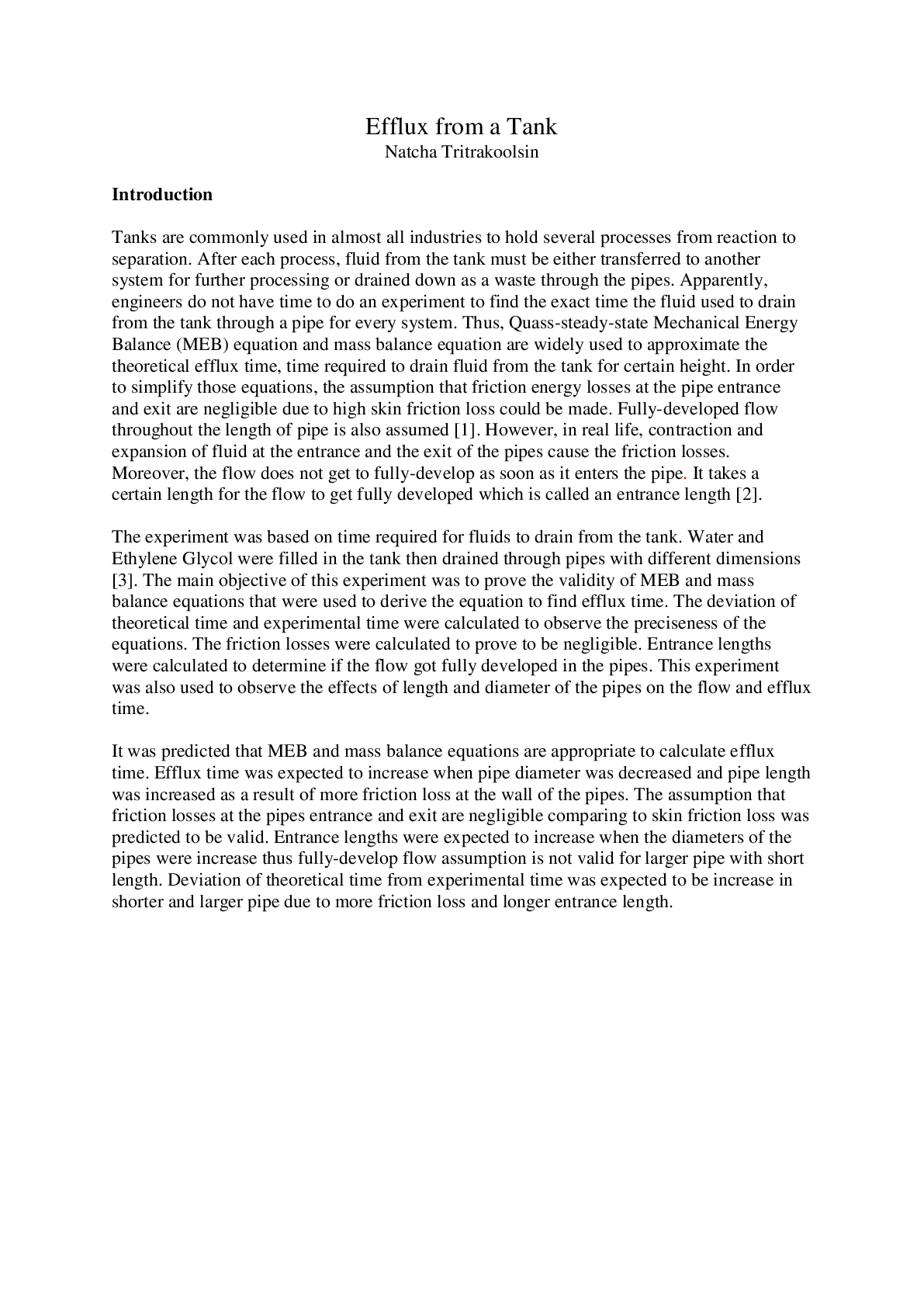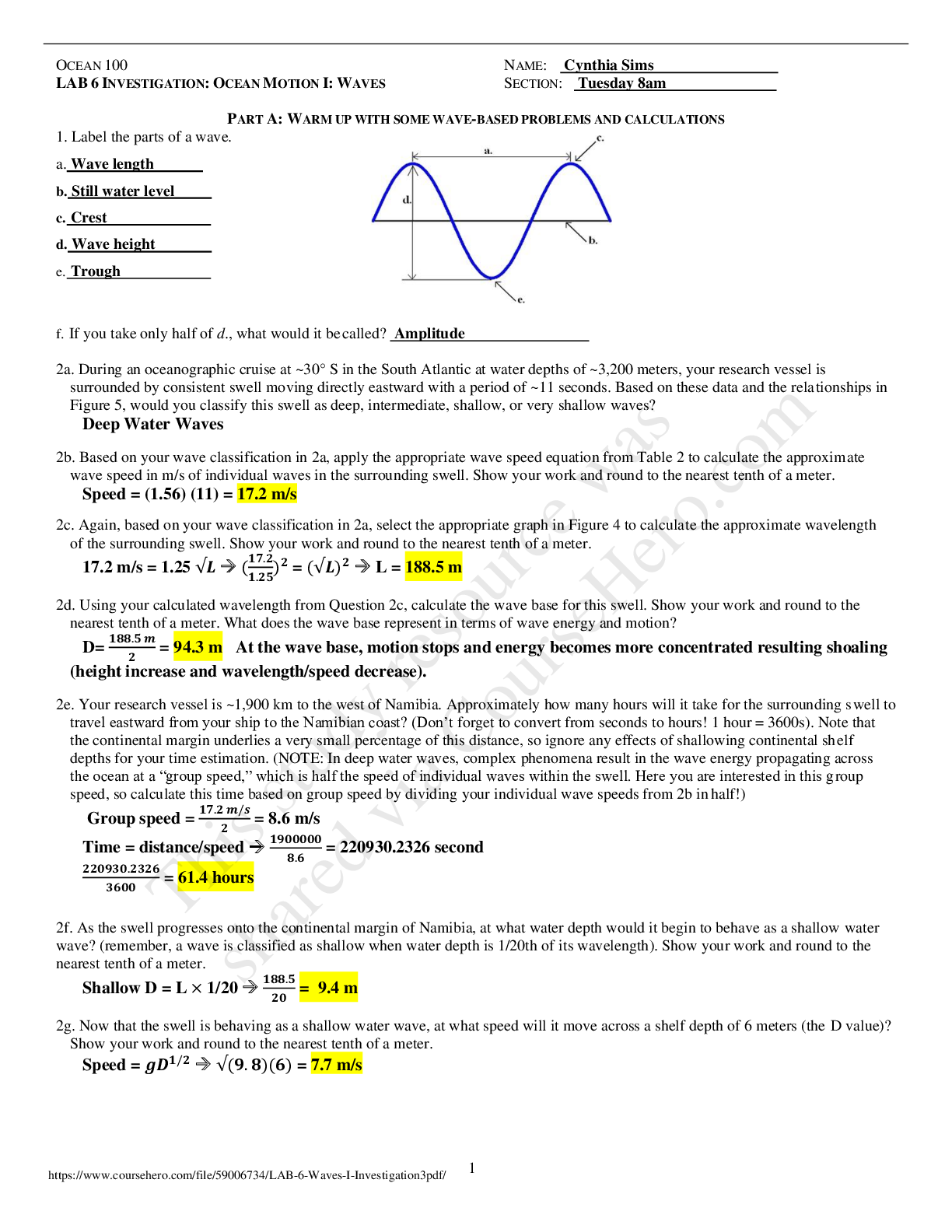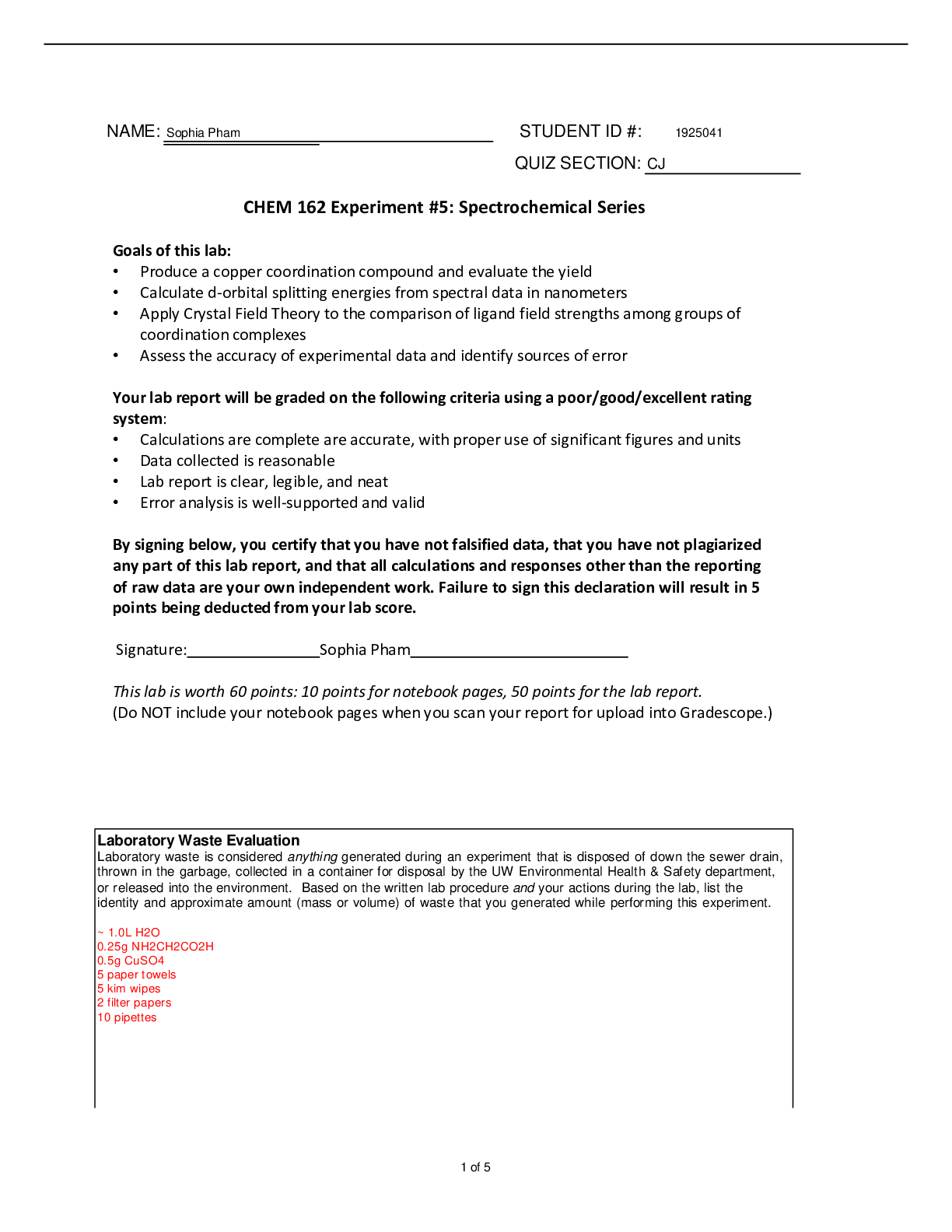Geology > Lab Report > San Diego State University - OCEAN 100Lab 7 Ocean Tides Investigation (All)
San Diego State University - OCEAN 100Lab 7 Ocean Tides Investigation
Document Content and Description Below
OCEAN 100 NAME: Cierra Watkins, Karim Arafah, Rowan Mathews , LAB 7 INVESTIGATION: TIDES: ROUND AND ROUND WE GO SECTION: COMPARATIVE TIDAL P... ATTERN ALONG THE NORTH ATLANTIC AND NORTHEAST PACIFIC Comparing tide calendars or charts from different regions will quickly confirm that tides vary in their magnitude and timing from place to place. This observation makes intuitive sense as these phenomena are driven by gravitational attractions among the Earth, Moon, and Sun while the Earth spins on its axis (Figure 2). These generating forces have been combined with the effects of Coriolis deflection, ocean depths, and continent locations to produce the dynamic model of the tides. This dynamic model has been refined to such a degree that tidal patterns can now be predicted decades into the future with a high degree of precision and accuracy. Figure 1. Lunar cycle representing the different phases of the moon and their correlative tidal patterns. Our focus in this section is to appreciate how local tidal patterns reflect the broader nature of interacting amphidromic systems, which are ocean-basin-scale tidal waves (not to be confused with tsunamis) that rotate clockwise or counterclockwise around an amphidromic point that shows no tidal variations in sea level (Figure 2). These amphidromic systems are driven by the horizontal component of gravitational attraction of seawater towards the Moon and Sun and are modified by the “speed limits” imposed by tides’ shallow-water-wave behavior, deflections by the Coriolis effect, and the blockages by continental boundaries. As an analogy for these amphidromic systems, consider moving a half-full glass of water in a circular motion on a tabletop: Your initially flat “plane” of water will start to tilt and rotate around the glass, with the middle of the glass showing little change in level. In this simple analogy, the walls of the glass would be the edges of continents and the middle of the glass would be theamphidromic point.Figure 2. Conceptual model for tidal variations within an amphidromic system. Over fifteen major amphidromic systems exist in the global ocean and are shown in Figure 4. The amphidromic point for each system is marked by the convergence of twelve co-tidal lines, with each co-tidal line being where the crest of the given tidal wave would be found at approximately one-hour intervals over a tidal cycle – note that this crest is rarely a straight line over the ocean surface! Recalling our water glass analogy, if high tide (i.e., crest of the rotating tidal wave) is passing through one of the co-tidal lines, then low tide (i.e., trough of the rotating tidal wave) will be passing the opposite co-tidal line. The figure also shows by color-coding the typical open-ocean tidal ranges (i.e., height from high to low tide or, in wave-speak, from crest to trough) that result from these amphidromic systems. Note that coastal tidal ranges are often greatly amplified compared to these open-ocean tidal ranges. The constructive and destructive interference of tidal waves from difference amphidromic systems will produce local tidal regimes classified as diurnal (i.e., one high and one low per day), semidiurnal (i.e., two nearly-equal highs and two nearly-equal lows per day), or mixed semidiurnal (i.e., two unequal highs and two unequal lows per day). The global distribution of these three tidal regimes is shown in Figure 5. Note that the exact dividing point between semidiurnal and mixed semidiurnal regimes is somewhat arbitrary and that a given location may vary between clearly se [Show More]
Last updated: 1 year ago
Preview 1 out of 15 pages
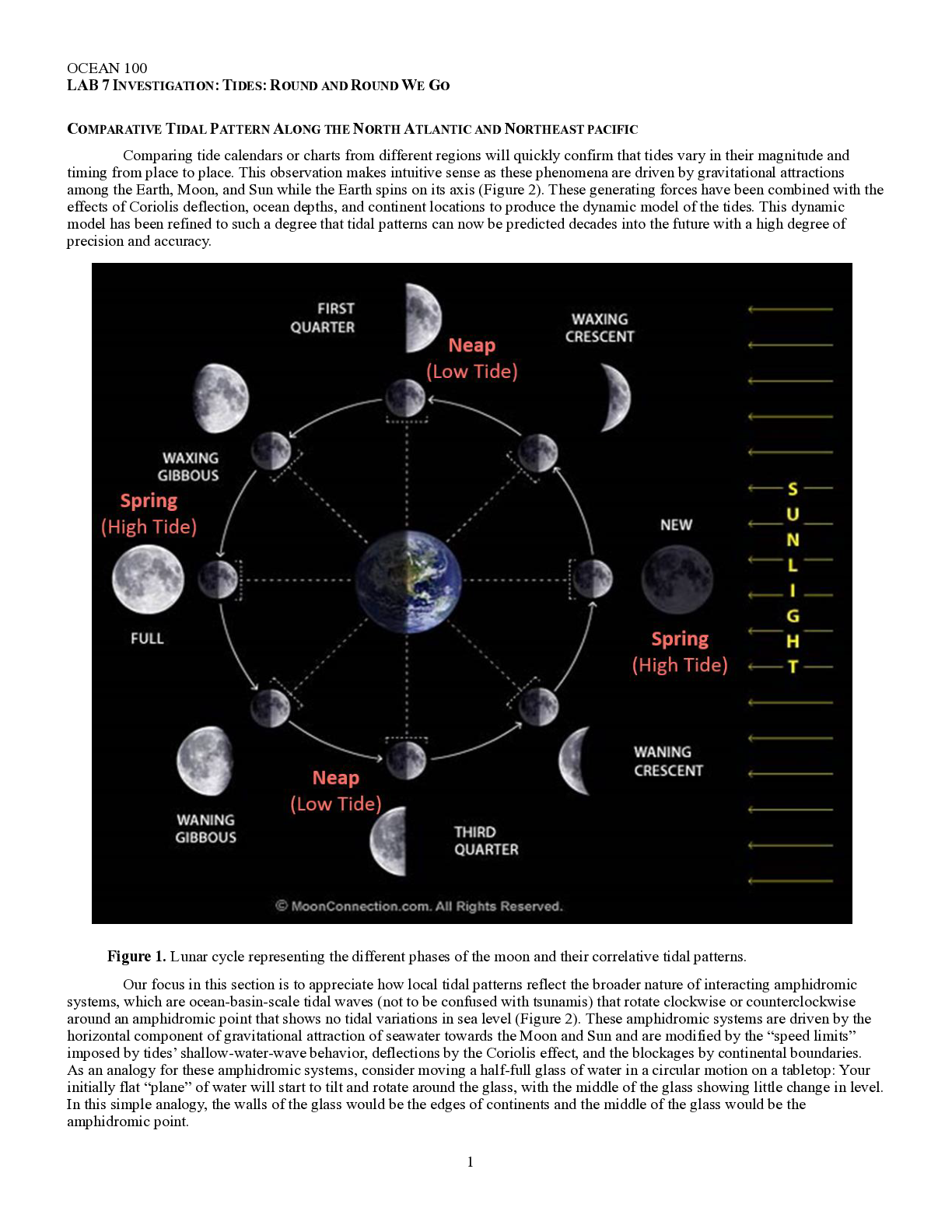
Reviews( 0 )
Document information
Connected school, study & course
About the document
Uploaded On
Mar 28, 2021
Number of pages
15
Written in
Additional information
This document has been written for:
Uploaded
Mar 28, 2021
Downloads
0
Views
75

.png)


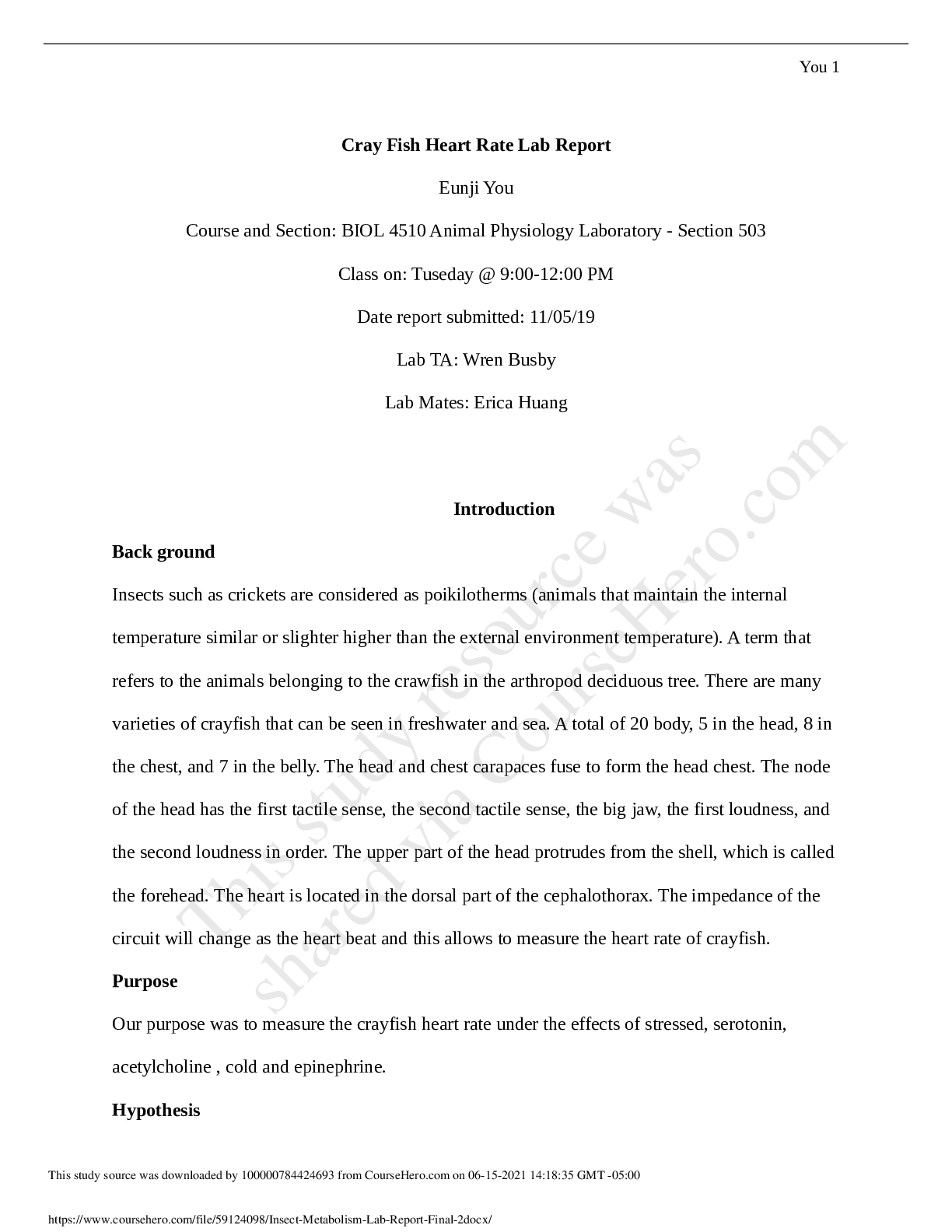
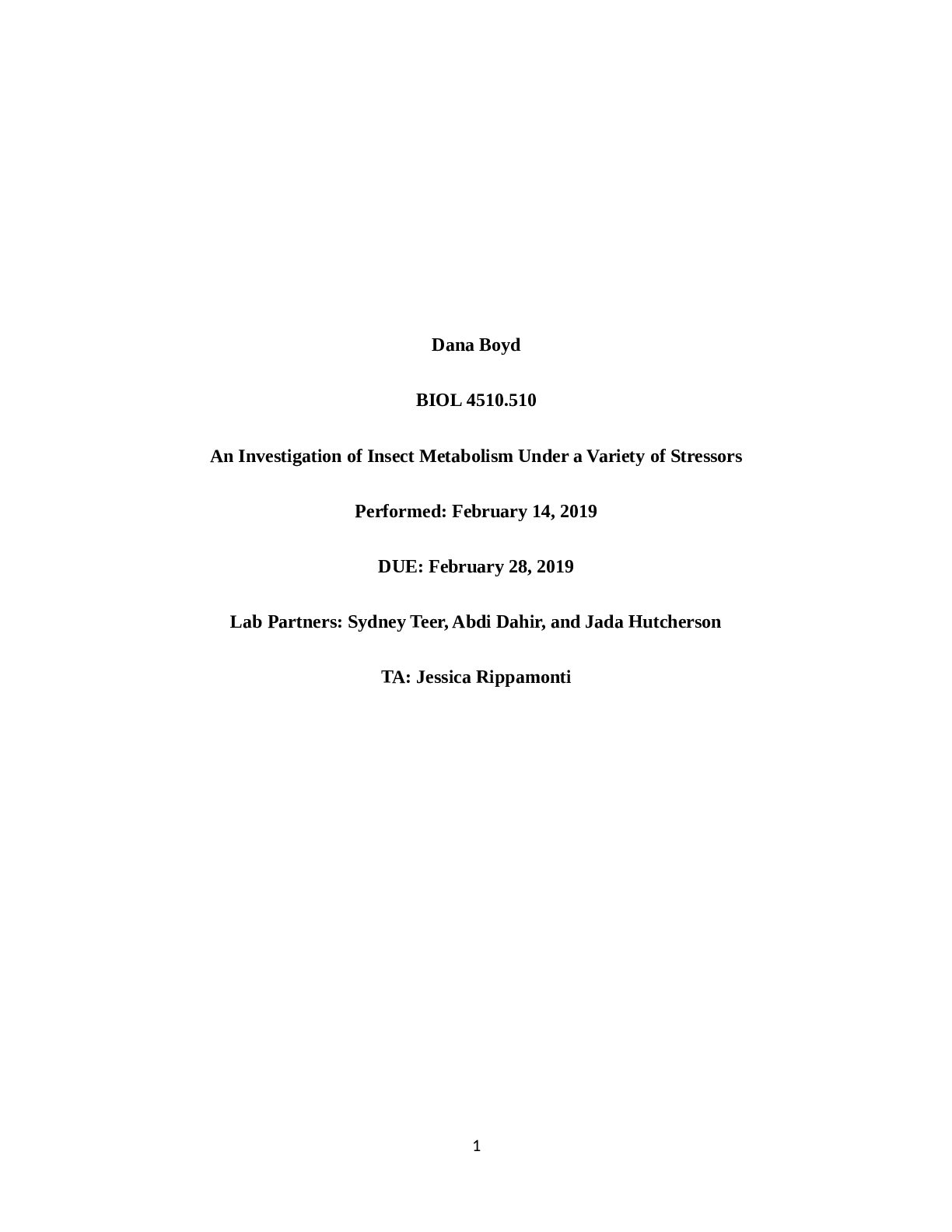
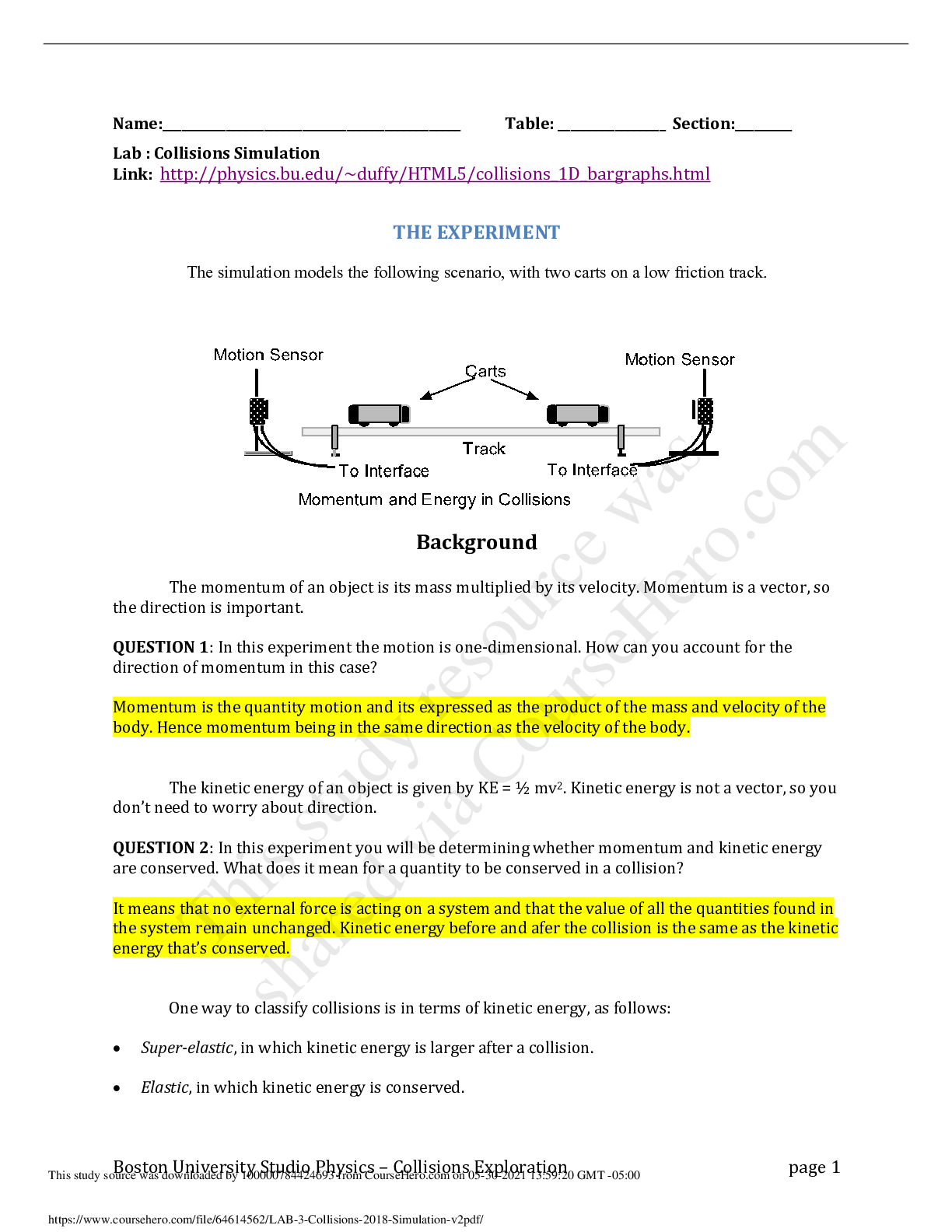
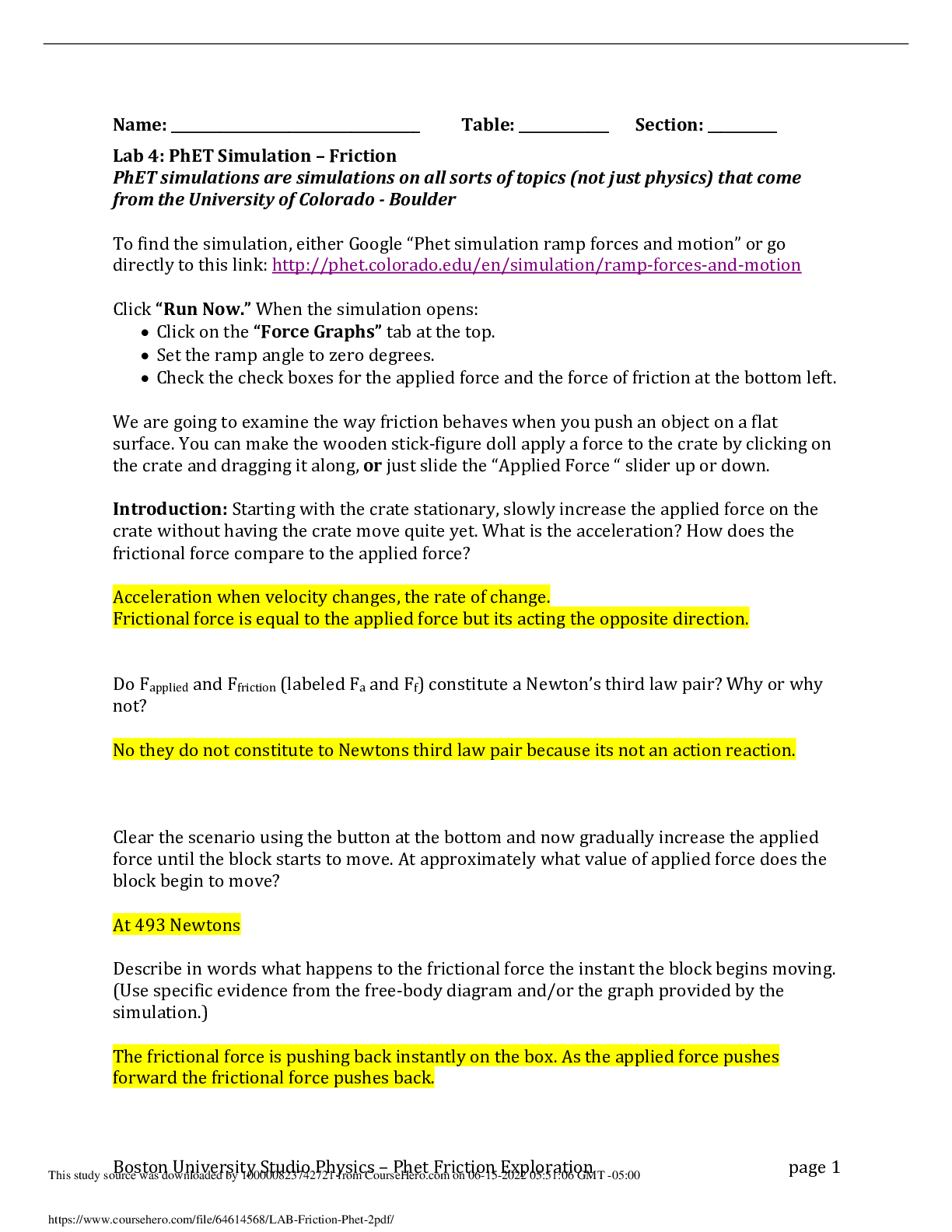

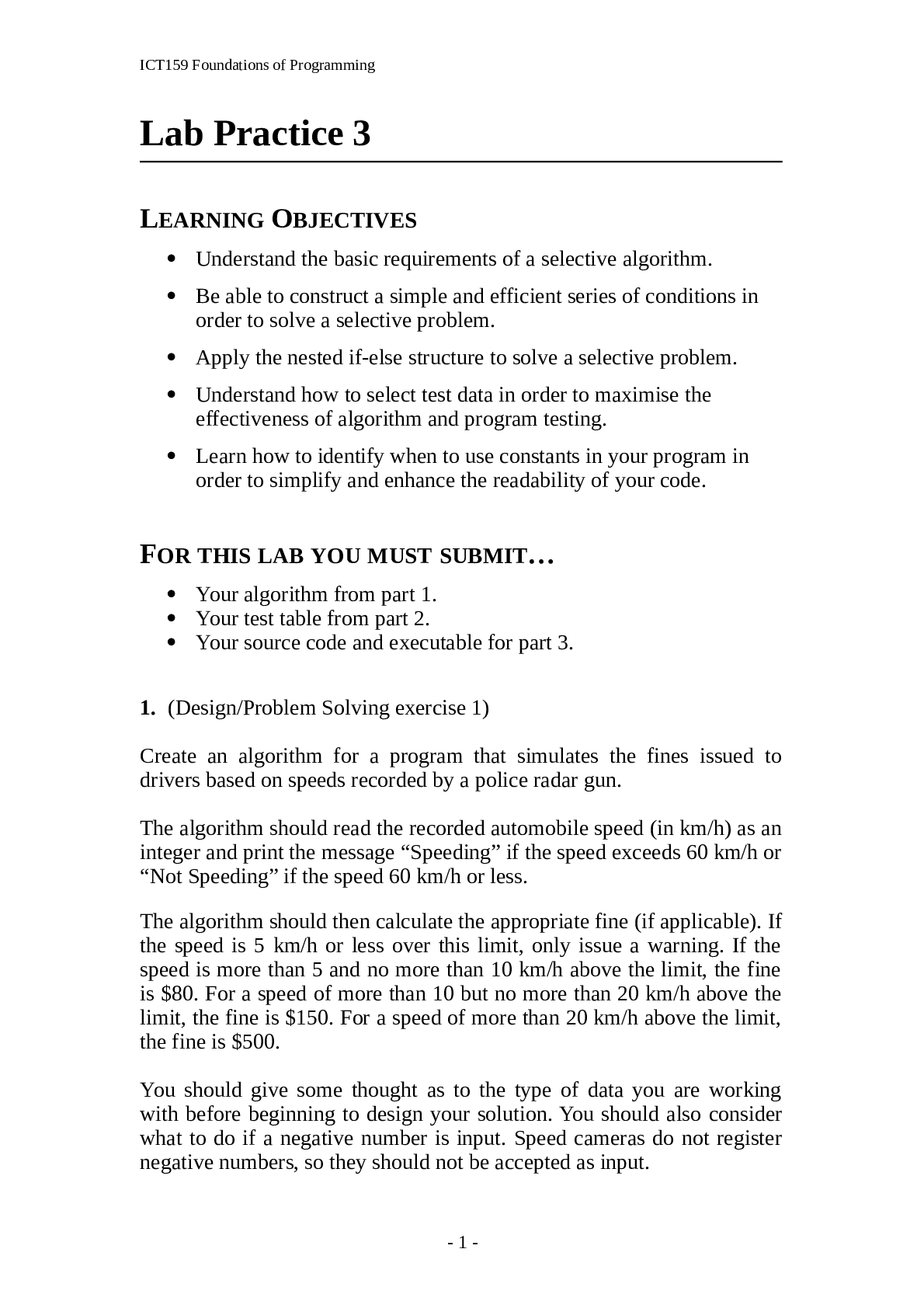
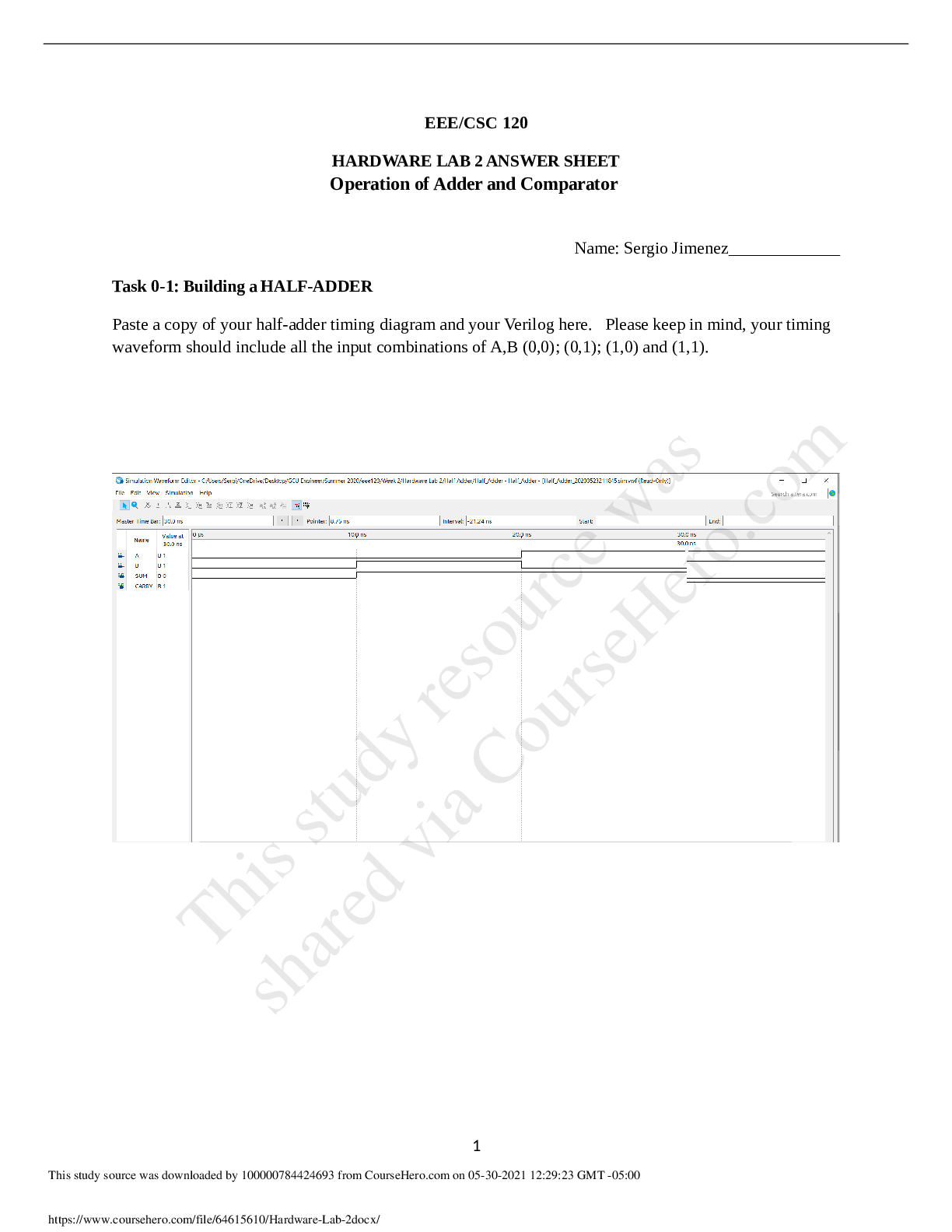

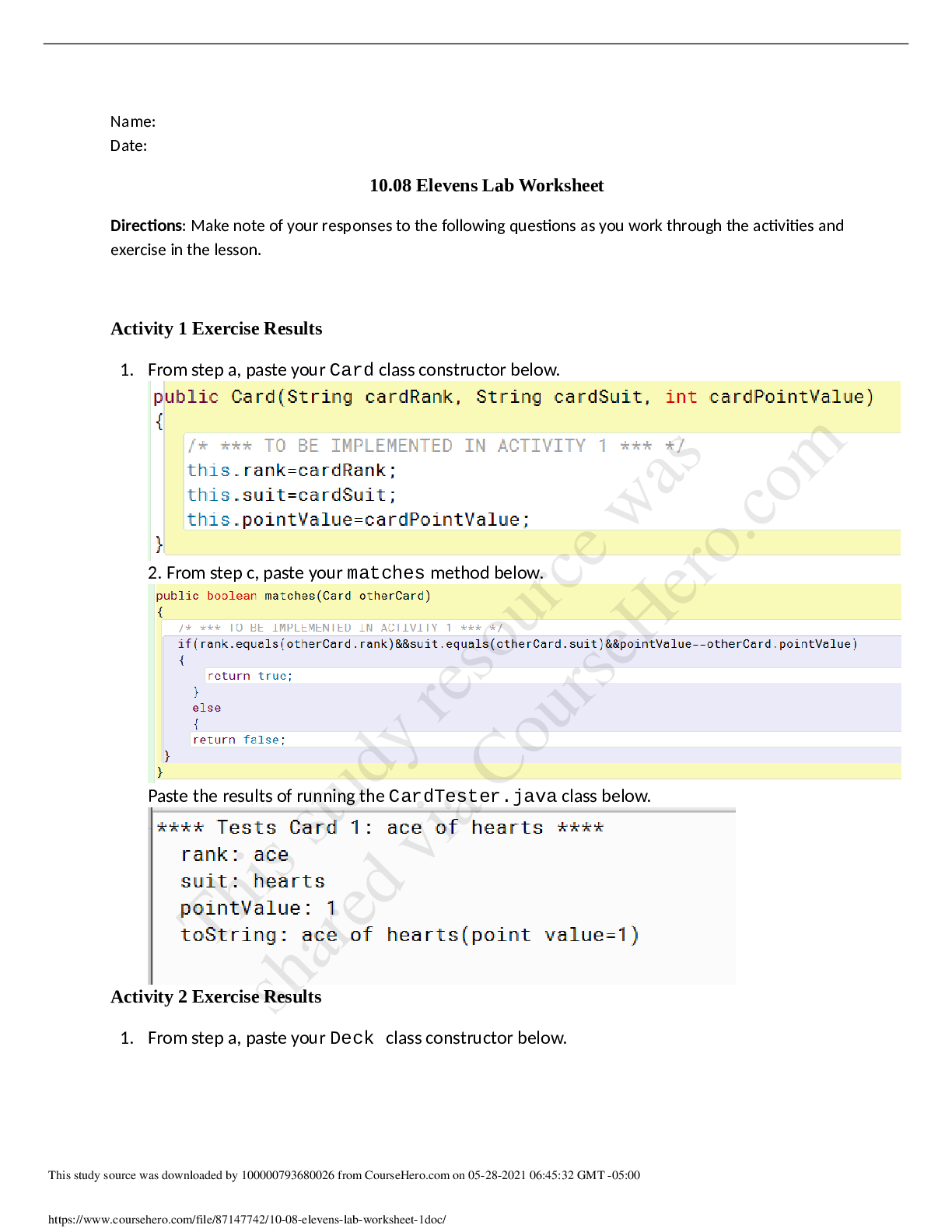
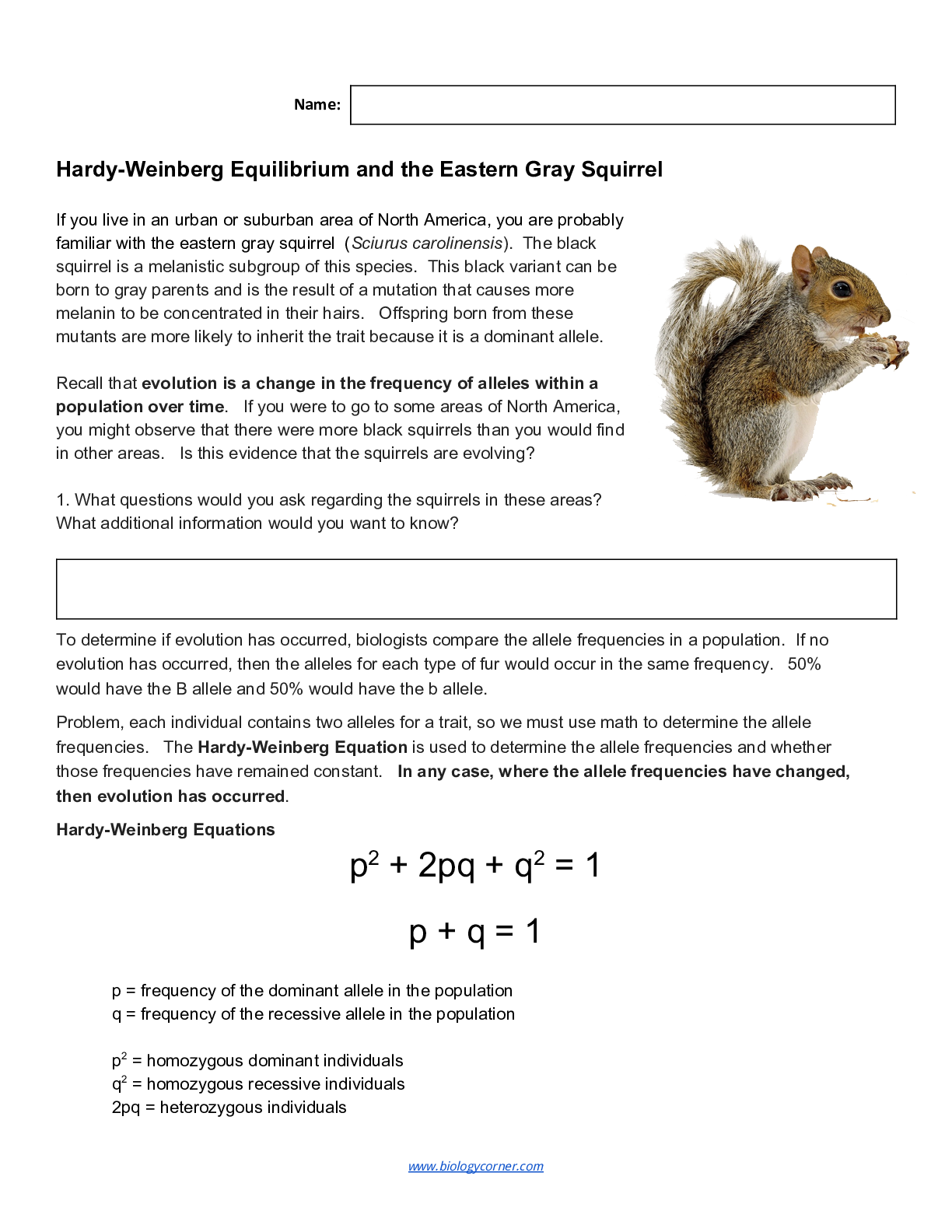


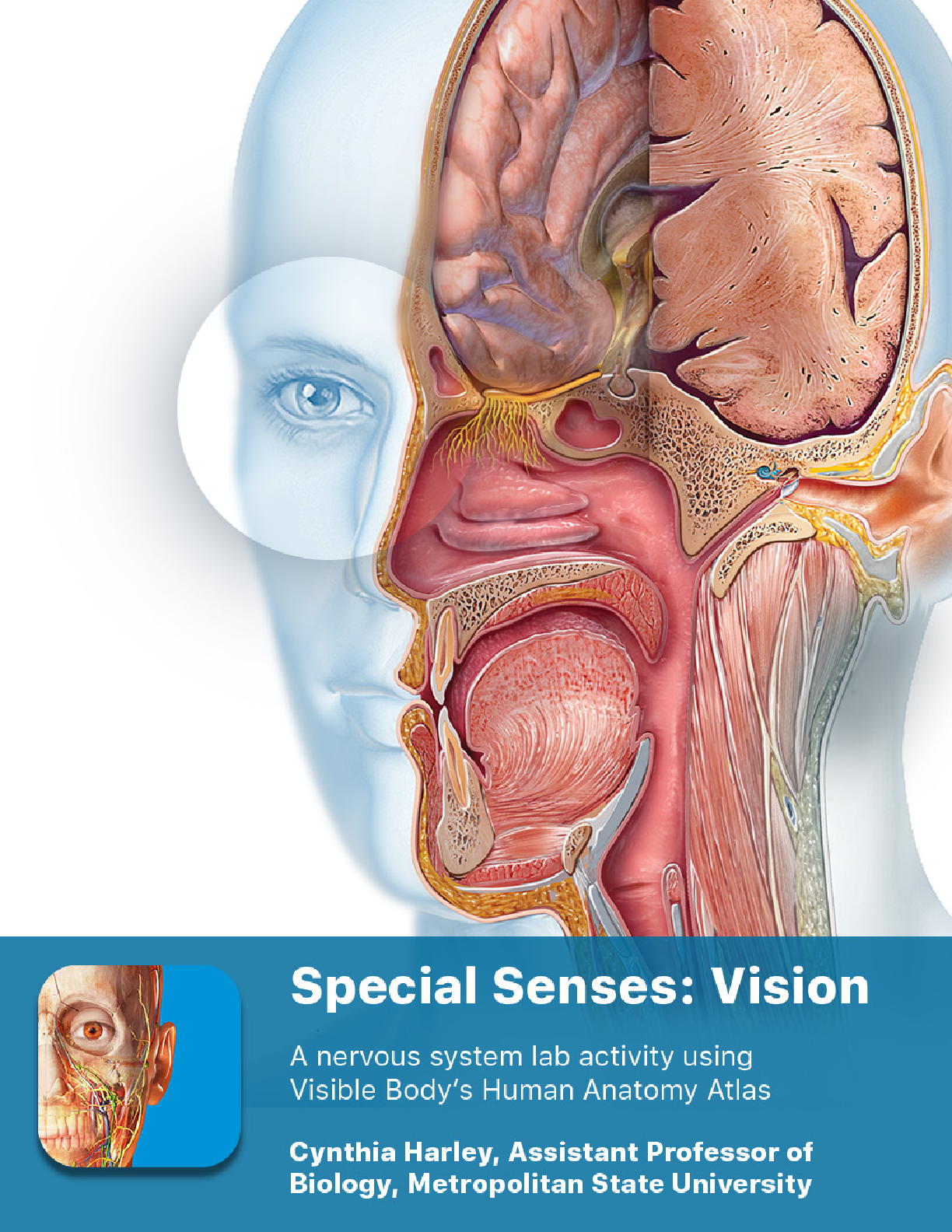



.png)



.png)
